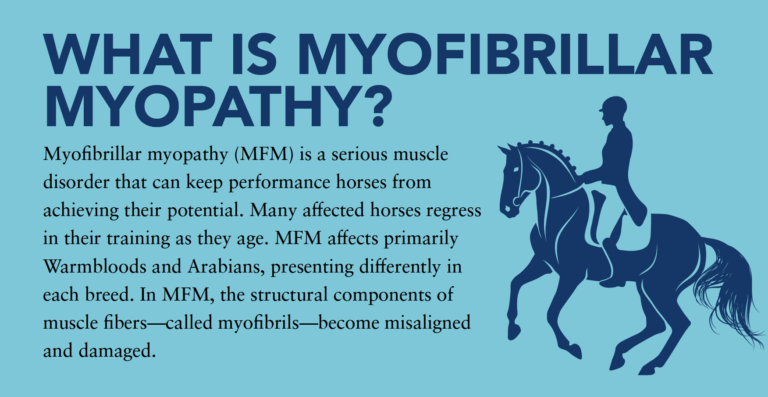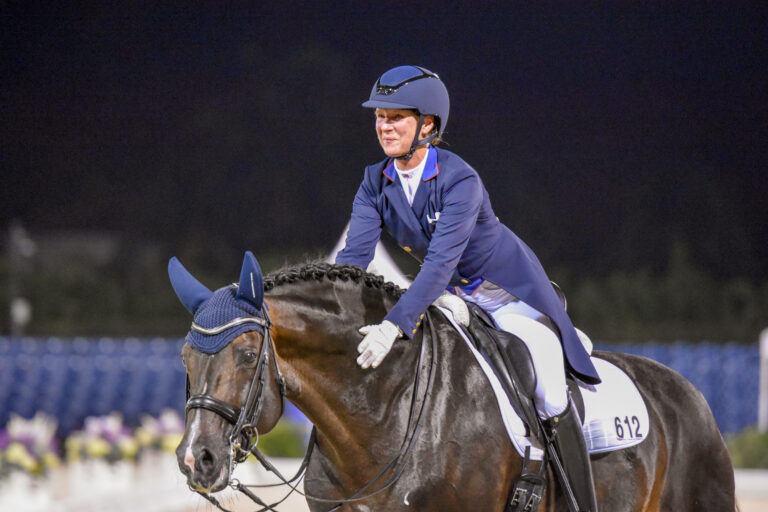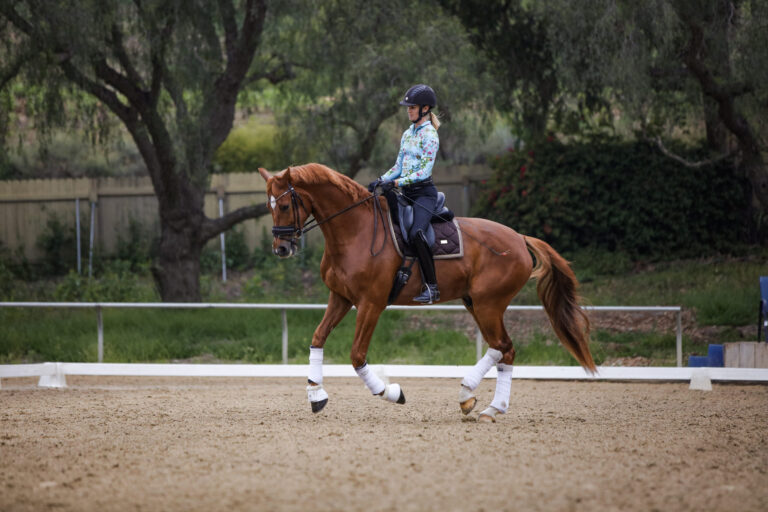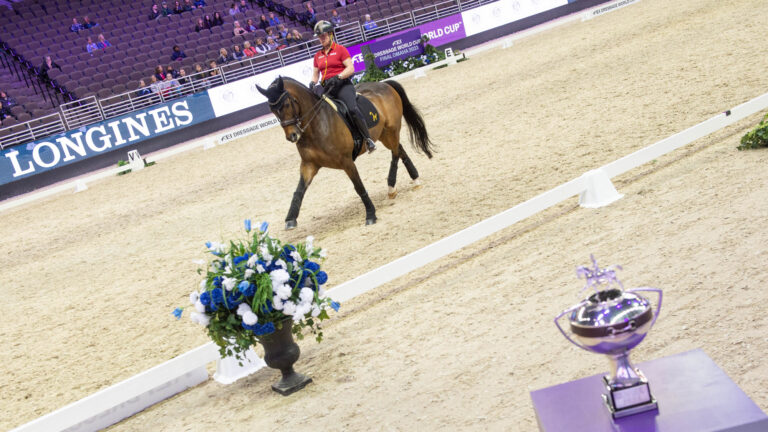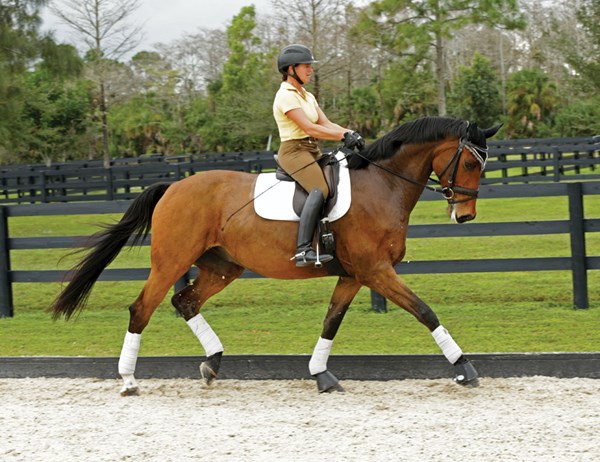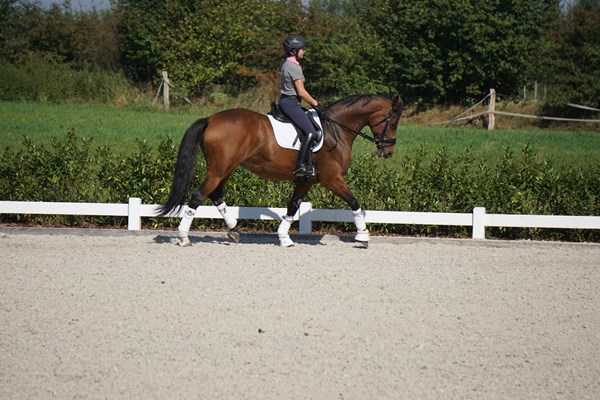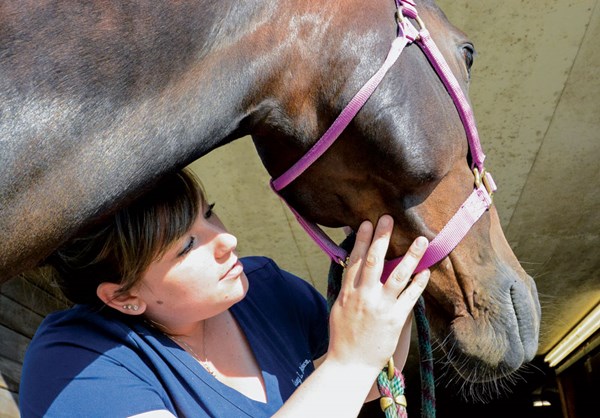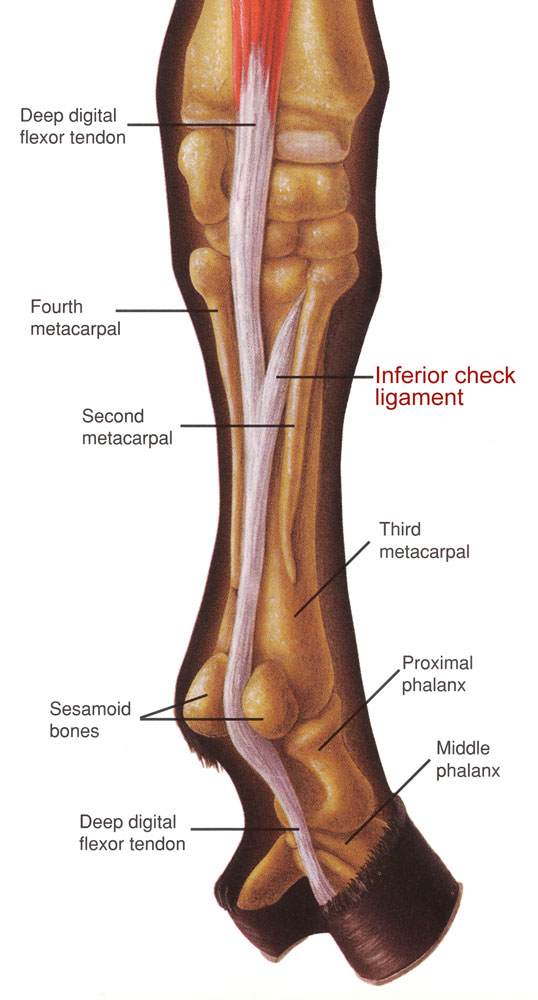Q: A trainer once told me that riding dressage doesn’t really start until Second Level. What about all of us riders who are struggling to get beyond First Level, probably never reaching the level where one does real dressage? Are we still dressage riders?
A: Dressage is for every rider, every horse and every discipline. It is the base to build up from, like the foundation of a house. We develop a dressage horse physically and mentally through systematic and gymnastic training to perform any task to the best of his ability. Not every horse and rider will become a top Grand Prix combination, but improving and understanding the basis of dressage will create a confident, balanced, supple and happy athlete. We use correct, systematic and fair training to develop a horse so that we have a cooperative partner.

When I hear the word “dressage,” the first thing that pops into my head is harmony. Harmony is achieved through a balanced and supple seat so that the rider becomes an extension of the horse. The rider’s aids are so quiet that the communication between human and horse becomes intimate. When we watch a combination that is in harmony, we see a horse that moves effortlessly and fluidly forward into the contact. It looks easy and natural.
Dressage is an art. There is no forcefulness in that word. The way to achieve this is by creating a language through our aids to communicate with our horses. The horse needs
to understand the rider’s aids in order to respond correctly and confidently.
As riders, our main goal is to create a partnership with our horse. We must know our horse well, mounted and unmounted. We have to be able to read his mood, energy level, etc. We have to be in tune with him.
Riding dressage is all about basics, even at the higher levels. The Training Scale—or Pyramid of Training—is the guideline and checklist for every ride: rhythm and regularity, relaxation, contact or connection, impulsion, straightness and collection. We have to pay attention to all of these elements.
Dressage is not about doing fancy movements all the time, but instead about developing our horse’s body and gaits. Correct training also will prevent injuries and increase performance longevity. In order to keep our horses happy and fresh, mentally and physically, we have to do some cross-training, such as trail riding, galloping, jumping small jumps, long-lining, etc. All of this is part of conditioning the horse’s body and mind.
Dressage is a detail-oriented sport that demands a ton of focus, but I think we also need to keep it playful and fun for our horses and students. Dressage is a journey, and I love every step of the way. So, summing up, I think dressage is measured by the quality of riding, not the level at which one competes.
Mica Mabragaña is a USDF Certified Instructor through Fourth Level. Riding Granada, she qualified to represent Argentina at the 2014 Alltech FEI World Equestrian Games in France. She divides her time between Bedford, New York, and Wellington, Florida.


